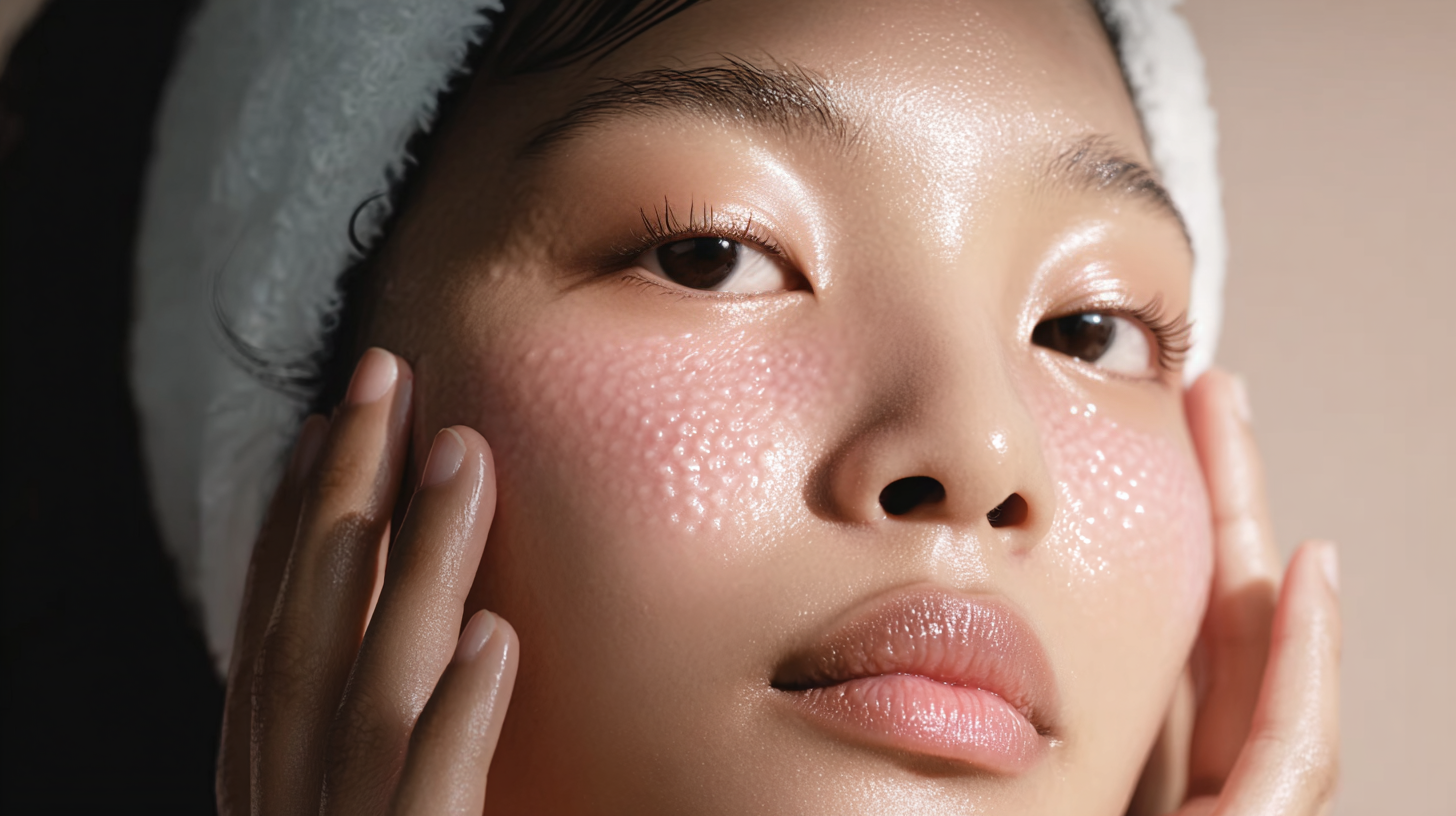Why You’re Only Doing Half the Job If You’re Not Recommending Home Care
With over two decades of experience, our columnist, Katie Hughes-Dawkins is a highly respected figure in the aesthetic industry, known for her technical expertise and strategic leadership. From her beginnings as a dental nurse and aesthetic practitioner, running a chain of skin clinics, to becoming a dynamic sales leader, Katie has consistently driven business growth and elevated brand profiles on a global scale. Leveraging her extensive industry knowledge and global connections, she helps brands and clinics achieve remarkable success. A sought-after industry contributor, Katie brings her deep understanding of skin health, clinic operations, and the latest aesthetic industry trends to the forefront.
After 25 years in the aesthetics industry, working with global brands, managing top-performing clinics, and mentoring countless practitioners and business owners, there’s one thing I know without doubt: if your clinic isn’t consistently recommending home care, you’re underserving your patients and missing out on significant revenue, retention, and long-term growth.
Your treatment room is only part of the picture. What happens beyond the clinic, especially in your patient’s bathroom cabinet, plays a major role in their results and your business performance. Treatments are essential, but without structured, professional guidance on home care, the results you deliver won’t reach their full potential, and your business will remain underpowered.
Let’s look at something many clinic owners and practitioners overlook: Patient Lifetime Value.
Your most profitable patients aren’t necessarily the ones spending the most in a single visit. They’re the ones who return regularly, follow your recommendations, and invest in their skin health over time. These patients trust your guidance, value the full journey, and often become your best source of referrals. That kind of trust isn’t built overnight. It comes from educating patients properly and offering them a comprehensive care plan, not just a one-off procedure.
And yes, that includes recommending home care.
Every patient who walks into your clinic should leave with three things: a clear understanding of their treatment, a structured plan for what comes next, and tailored home care that supports their skin. If this step is being skipped because it feels too much like a sales pitch, you’re not only missing a commercial opportunity, you’re also failing to give the patient the best possible outcome.
Home care isn’t about selling products. It’s about results. It’s about helping patients protect the investment they’ve just made in your clinic and making sure that investment continues to pay off.
Where many clinics slip up is in assuming the treatment is the end of the journey. The patient pays, gets a leaflet, and leaves—often with no real understanding of how to maintain their results. They might use poor-quality products at home, or none at all. The outcome? Underwhelming results, disappointed patients, and lost trust.
These patients don’t come back. They don’t refer. And they start to question whether the treatment was even worth it.
Now think about the patient who was educated during their consultation, received specific advice on how to prepare and care for their skin, and saw real, lasting improvements. That’s a patient who becomes loyal. That’s a patient who stays with you for years.
From a business point of view, embedding skincare advice into your clinic model improves four key areas:
Patient Lifetime Value increases because those using home care come back more often, spend more, and commit to ongoing plans.
Treatment Outcomes improve, leading to higher satisfaction, more referrals, and stronger word-of-mouth.
Revenue Per Patient grows, not through pushy selling, but by offering complete care that genuinely benefits the patient.
Team Performance improves when everyone is aligned and confident in recommending appropriate products as part of the overall service.
Here’s a practical example. One clinic I worked with had hit a wall. Bookings were strong, but growth had stalled. After reviewing their workflow, it became clear that the team weren’t discussing skincare at all. They were delivering technically excellent treatments, but failing to support patients afterwards. We restructured consultations and trained the team to recommend products confidently and appropriately. Within six months, average client spend jumped by 32%, and skincare made up 18% of total revenue—previously it was almost nothing.
This isn’t about turning your clinic into a beauty counter. It’s about professional responsibility. You wouldn’t expect a GP to hand out a prescription without guidance on how to use it. Likewise, you shouldn’t perform an advanced skin treatment without explaining how the patient can maintain their results.
Patients are already investing—in their appearance, their confidence, and in you. Recommending home care helps protect that investment. Language is key here. Frame home care as part of the treatment, not an optional extra. Train your team to do the same. When done well, patients feel supported, not sold to.
So how do you put this into practice?
Build in more time during consultations to allow for education.
Train your team in both product knowledge and communication.
Track the difference in spending and retention between skincare and non-skincare patients.
Create protocols that include skin prep, post-treatment care, and long-term maintenance.
Clinics that make home care a priority consistently report stronger results, more loyal patients, higher team morale, and better financial performance.
So ask yourself honestly: are you offering the full experience your patients deserve, or only doing half the job?
Because skipping home care isn’t just a missed sale. It’s a missed opportunity to build trust, loyalty, and long-term success—for both your patient and your clinic.
And in today’s fiercely competitive aesthetics market, that’s not something any of us can afford to ignore.










